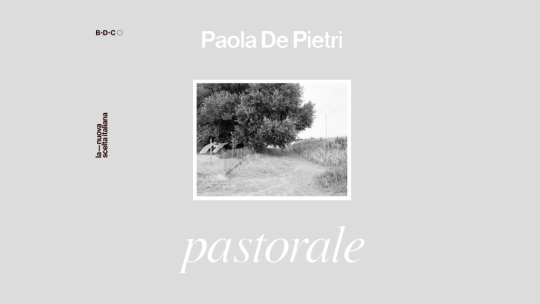
21.10.2023 > 17.12.2023
curated by Marinella Paderni
ColonneVentotto, Parma
A tree portrayed in one of the winters of its life appears solitary, ephemeral, unremembering. It seems drawn in the rarefied mist of the countryside around the Po River, when the earth releases vapor, cold, and silence. Its bare beauty, frozen by the low temperatures, resists the ungenerous climate and the distance that contemporary humans have placed between themselves and nature, even the one modified in their image. Next to that tree, and other similar ones, some black and white photographs depict abandoned farmhouses and dilapidated rural buildings surrounded by the loneliness of empty spaces, plowed lands, now a relic of a peasant past that society has almost forgotten and cares little about.
Paola De Pietri's photography has always explored the subtle differences in time and place that reveal human actions in their relationship with nature, those more or less silent transformations inscribed in the Italian landscape that particularly reveal the space between what humans have become and the image of their history drawn on the land.
A gap between today's plain, often subject to climatic fury, and yesterday's pastoral landscape, a representation of a long age of humanity that the artist's gaze has deeply grasped and condensed into lyrical, timeless photographs that evoke collected emotions. You see, the Po Valley is not the land of spectacular landscapes; its nature is too shaped by human labor to elicit amazement. But precisely for this reason, it belongs to us more; it is so similar to the character of us inhabitants of endless lands, where distance and emptiness become spaces of narrative and magic.
Today's human is a voracious spectator, a castaway of truth and poetry; their eyes are technological, reading images one after the other like a scanner screen. Artificial life dominates over the tangible life of the seasons, the consumption of beauty for its own sake prevails over the life of things and their destinies: pure aesthetic enjoyment is an activity that can be done alone and requires little involvement. Visual insensitivity is more convenient; those who consume images devour them according to a common gaze predefined by displays, training the eye to frame quickly and glide lightly over things, pausing just for a moment and nothing more. On the other hand, savoring and experiencing places requires presence, desire, time, slowness. And poetry, lots of poetry, even in the eyes of the beholder.
A vulnerability of seeing that reflects human inattentiveness in the relationship with the world and their unaccustomedness to really look.